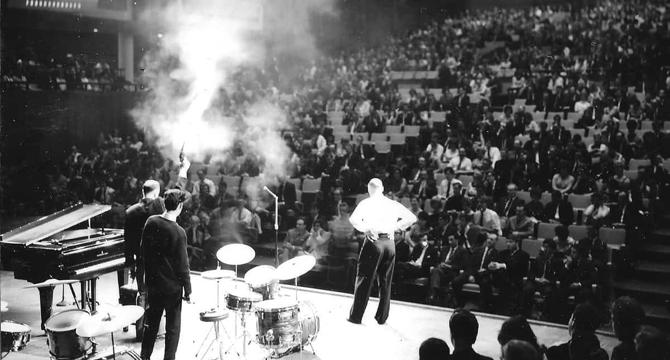Physicsworld
4w
48

Image Credit: Physicsworld
How physics raised the roof: the people and places that drove the science of acoustics
- Pistols in St Paul’s chronicles the development of acoustics in architecture during the first half of the 20th century, starting with a revolver experiment in St Paul's Cathedral in 1951.
- Architectural acoustics evolved through innovative experiments over decades, driven by dedicated researchers like Hope Bagenal and physicist Wallace Clement Sabine.
- Sabine's formula for predicting sound fading, known as reverberation time, became foundational in architectural acoustics.
- Materials and interventions in venues like Royal Albert Hall and Abbey Road Studios were studied for their acoustic impact.
- Acoustic design in spaces like the Glasgow Empire Exhibition concert hall showcased advancements, while wars influenced and punctuated acoustic work.
- Funding wrangles, emergence of acoustic material companies, and technological advancements like tape recorders shaped architectural acoustics research.
- The book delves into how research in acoustics influenced the design of Royal Festival Hall in London, the first building designed with acoustic science in mind.
- While well-researched with historical photos and quotes, some repetition and lack of detailed physics explanations were noted in the book.
- Overall, the book paints a vivid picture of legendary auditoria, offering a greater understanding of the physics behind music and acoustics.
- Readers can gain insight into the pivotal role physics and physicists played in shaping the music heard in iconic venues like the Royal Albert Hall.
Read Full Article
2 Likes
For uninterrupted reading, download the app